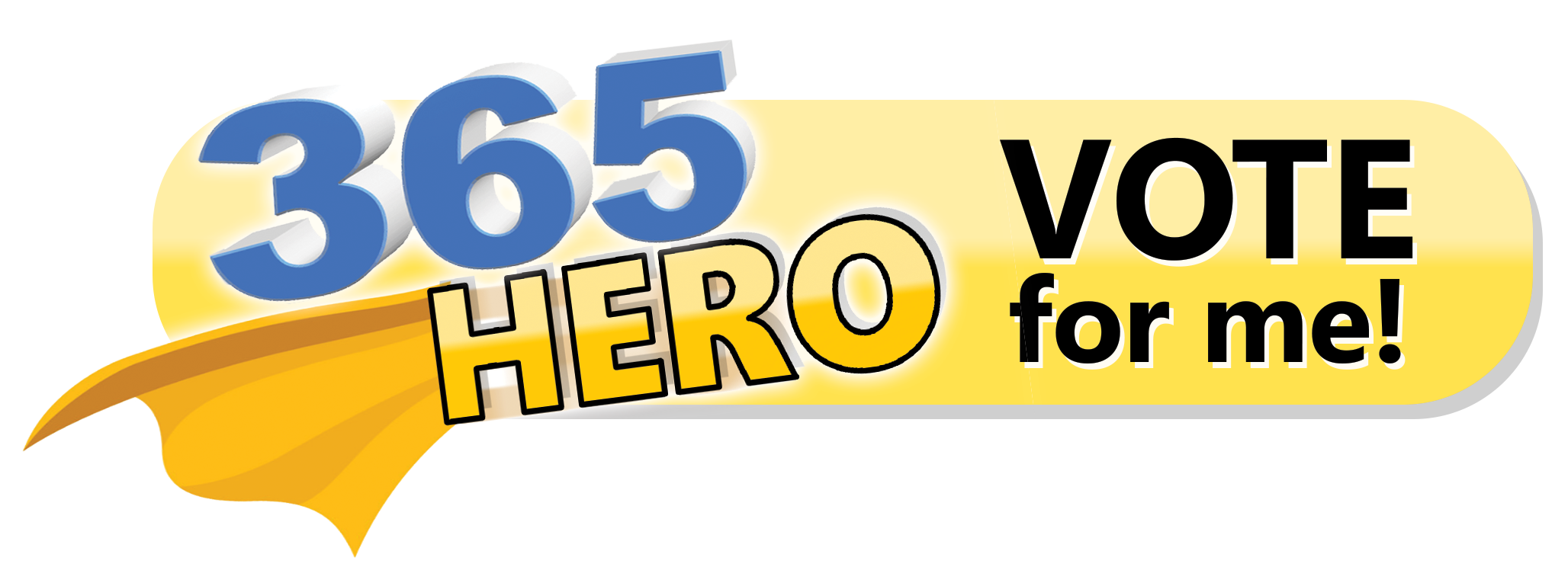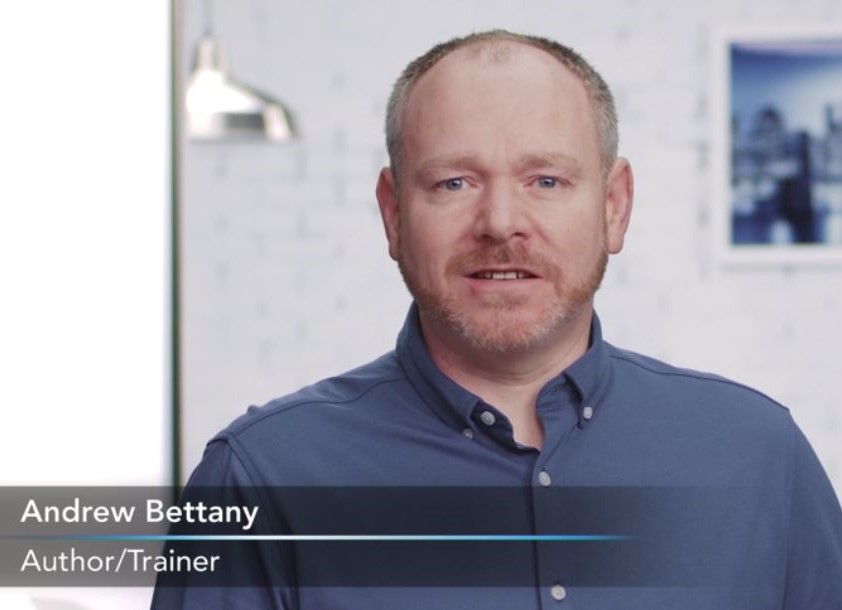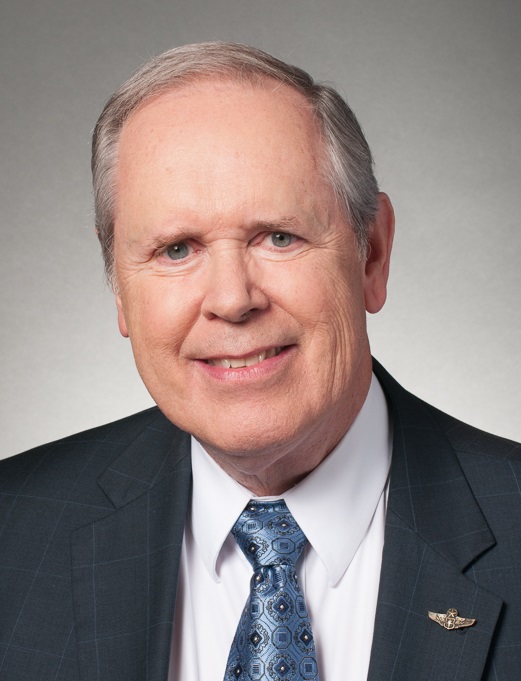With the evolution of working from home, many things have changed from communication, work habits, and even your work lifestyle. With the switch to most people primarily working from home, many people have expressed challenges of feeling disconnected from colleagues and clients. With working from home or office, commuting or traveling, there are many ways to stay connected to your phone at all times. We chat with Paul McMillan about how you can not only have seamless integration into Microsoft Teams, but how you can now place and receive telephone calls from any device running Microsoft Teams including computer, tablet, smart phone and Teams compatible desk & conference phones.
Video Transcription
Harry Brelsford 0:22 Hey, I’m 365 Nation. It’s Harry again. And we’re with Paul McMillan of SIPPIO today. So Paul, how you doing?
Paul McMillan 0:31 I’m doing great. How are you? Thanks for having me.
Harry Brelsford 0:34 Great. You have the job title. You said you’re a chief evangelist, I’ve always wanted that job title. Never been blessed with it. But that always seemed like such a cool job to just go around and spread the good word.
Paul McMillan 0:48 I’m pretty excited by it. I’m not sure where I go from here. This might be this might be the apex of my career with that title.
Harry Brelsford 0:55 There we go. Well, sir, you’re in the right place at the right time putting the voice and Microsoft Teams teams has the hot hand I, I go back to the beginning with it. And to be very honest, it always takes about three revisions with Microsoft to get it right. Have that with small business server. And they did. They did I mean, team says really, really come a long way. And so again, my compliments that you’re in the right place at the right time. What’s your story in supporting teams, I did a little research on you. And you integrate with Azure, and you’re one of the only entities in your space to do that. So So talk to me, how do you work with teams?
Paul McMillan 1:38 Yeah, so SIPPIO exists for a couple of really main reasons. First, the idea is to create a platform that fully enables our channel partners to go out and deliver voice managed services for customers in teams. And part of what we do our main, the main kind of secret sauce of what we do is that we automate the onboarding, onboarding of voice users into teams, we have a platform, we have a set of tools. And we seek to make it as easy, simple intuitive, to bring a user into teams and voice enable them so that they get the full value of teams as a collaboration and communications platform. SIPPIO. What stands behind a platform is, as you mentioned, a fully 100%, Azure native based service in seven different regions globally, with a footprint that covers roughly 60 countries where we can deliver voice services. And it’s a fully meshed architecture. So a lot of what we kind of pride ourselves on and built our size on is first a the automation capabilities, the platform enablement for our partners. But then what stands behind this is this architecture that really allows for high levels of redundancy, really, as part of the service that you get when you sign up for SIPPIO.
Harry Brelsford 3:03 Yeah, yeah, exactly. And talk to me about what what are you seen in the marketplace? I mean, the obvious I track the the tech space, and UCAS and so on, but what what what do you see it? I mean, are you guys double digit growth? What’s the good word?
Paul McMillan 3:20 Yeah, we’re, we’re, we’re, it’s a bit of like, the wild wild west reminds me a lot of the late 90s and the internet boom, a lot of kind of chaotic growth. Obviously, the, the pandemic has had a huge impact on shifting work habits and work lifestyles, and forcing people to work from from home where they might have been more normally working in an office. And then they had to be enabled with the right capabilities to be able to work from home and work effectively. And so all these things have kind of come together with the right platform, the right time, in place, a set of unfortunate circumstances, I think, to drive this new kind of reality that we find ourselves in. And we’ve been very, very busy, which is always a good thing. I think, and I and I’ve been in the UC space, since its inception. I started when I was four. So I’m very young. But you know, this is a really, this is a really, really interesting time. And, and now we’re also getting to, I would, I would hope to be the tail end of the pandemic. So there’ll be a whole new set of interesting challenges and things that happen as people, some of them relocate back to work and more in a hybrid environment. So very, very interesting times, man, we’re super busy, because we’re delivering and we’re solving a very good problem that Microsoft has, and making it easier for users to use teams for voice.
Harry Brelsford 4:42 Yeah, Paul, I’ve had this conversation a lot lately about the hybrid nature of how work works, and I concur. I think what you’re going to see and I live and breathe this too. I love the flexibility of it. Unable to pop around zoom towns, right? Colorado ski resorts found new life, despite the global climate change and may not just be skiing, right? So love it. But I also think it’s hybrid. And again, I’ve done some work in this area. And I’ve written about remote work for what well over a year. And you know, the feeling Paul initially was, Oh, it’s a 90 day bump? Well, no, it’s it’s not. And then I wrote, it’s really a 36 month in the end opportunity. And I wrote that about a year ago, talking to some people I value and trust in now, talking with people such as yourself, I think it’s a ongoing opportunity without the deadline. Does that make sense? I think we have really,
Paul McMillan 5:47 I mean, I think, you know, for many in the tech space, I think working from home, or working remotely, is kind of old hat. And I think it’s been very common for many users, you know, if you’re, you know, depending on your role in the tech space, you may have been traveling really never been in an office or very rarely been in an office. So it’s pretty much old hat, right. For the lay, for the lay person, I think it’s a whole different, you know, set up set of responsibilities, new set of requirements, a new reality that they’ve all had to been forced to adjust. And culturally, you know, in some countries, going to the office is kind of like, it’s almost like a rite of passage to go and work and have a job and do these things. So, um, places like India, where, you know, many companies don’t even have laptops, everybody was on desktop computers. So you can imagine when the pandemic hit, they had a whole different set of challenges, right, which is, you know, I can’t lug these big desktop computers home, now I have to help that people with laptops, and set them up to be able to work really, from anywhere, right. So I think everybody comes in with a different angle, it is here to stay, it’s not going away. I do think the I kind of term, it really more work from anywhere, because you know, you will have people and I think there’s a lot of benefit to going back to the office. And in working there for a period of time, I think there’s social connections that are just very different, difficult to build. Otherwise, that helps with the collaboration process. So a lot of different kinds of things, you know, coming into play. But at the end of the day, unfortunately, what we’re being told is that we could expect, you know, more of these types of viruses in the future. So the likelihood is that we will be experiencing new kinds of emergencies. And, you know, companies have made a lot of investments in office technology. And unfortunately, a lot of those investments have sat stranded for many, many months now unused. So people are really going to have to rethink the types of technologies that they invest in, and how flexible they are for when you know, if and when the next kind of emergency hits. Does it really allow people to make full use of it? Can we relocate to another place and work effectively? Right. So I think those are all parts of parts of the challenge.
Harry Brelsford 8:00 Yeah, I concur. And one final thought. And one final question. First of all, my concurrence is that this is the first pandemic in my life, not the last, right. I mean, it’s just I, I don’t mean to be a bear on Wall Street, but I want to be realistic and plan for that. And I think you’re seeing that with some speaking of Wall Street, some of the firm’s that are performing very well, who made the you know, the business model changes? It’s, it’s gonna benefit them long term and then want to end on this. What challenges have you seen with unified communications over the last year in the surge? The other day, I’ll give you an example, the other day with products, so I was helping a friend with Chase Bank product support of all things. And the individual talked about a term and your world about he called it micro micro splicing or micro interruptions, basically, not enough bandwidth, loosely translated, I had not heard that term. But what was the name of one or two challenges you’ve seen in the industry? Not not so much your product and your team?
Paul McMillan 9:15 Yeah. So I think, you know, one of the challenges around working from home in general is, there can be this feeling of being somewhat disconnected. Right. And, I mean, a lot of people have made the comment of, while they’ve called it either zoom fatigue or, or whatever, right, where you’re on back to back to back to back to back calls all day. So I think part of the challenge is that the way this kind of came about was so abrupt, that there really wasn’t an opportunity and in a way to actually put governance in place, right. So it’s less about AI. In my opinion, it’s less about the technology. It’s how you utilize it for the best benefit, right? There are some types of collaboration that require video there’s some that can are completely suitable to audio Only in, you know, in our interactions, and, you know, how do you govern the means and ways that people will collaborate. There’s a philosophy that says, hey, you want to be make it kind of just, you know, whatever works for those people let them have and let them do what they want to do. But I think in an enterprise, it makes sense to have some kind of framework in place that gives people some guidance on when to use different technology, and also how to prepare for a meeting. When you’re all remote. You don’t have any prior interaction with people. So there’s this kind of social disconnection that exists where, hey, I don’t know who you are, you don’t know who I am. What do I really want to share everything that I know about this? Yeah. So I think those are things that that really are, you know, they’re they’re things that are being addressed. But they were kind of being dressed in a reactionary mode because of what’s taking place.
Harry Brelsford 10:49 Yeah, yeah. And I’m going to give a shout out. And it was almost a year ago, we interviewed a longtime friend of the family, Wayne Turmel. out of Chicago now now at Las Vegas, but he and his partner, have the Remote Leadership Institute Okay, just as the name would apply, and imply and they good story, Paul, they were just kind of plugging away for a couple years and you know, they would talk to Amazon execs and that kind of thing, kind of high level talk about how to manage remotely. And then their business absolutely took off a year ago. Right now they’re in demand. And they have guidance out there. So folks, poke around the site, you’ll find it the Remote Leadership Institute with Wayne Turmel. And Paul, we’re gonna check in with you down the road and see what the phrase yesterday. Another one of my analysts, Mike , said, the new AB normal, he busted me for writing about the new normal and it’s the new abnormal, my friend.
Paul McMillan 11:54 Last time, Harry was a pleasure. And yeah, I would love to connect with you down the road.
Harry Brelsford 11:59 All right, thanks. All right. That gives us a pause.































